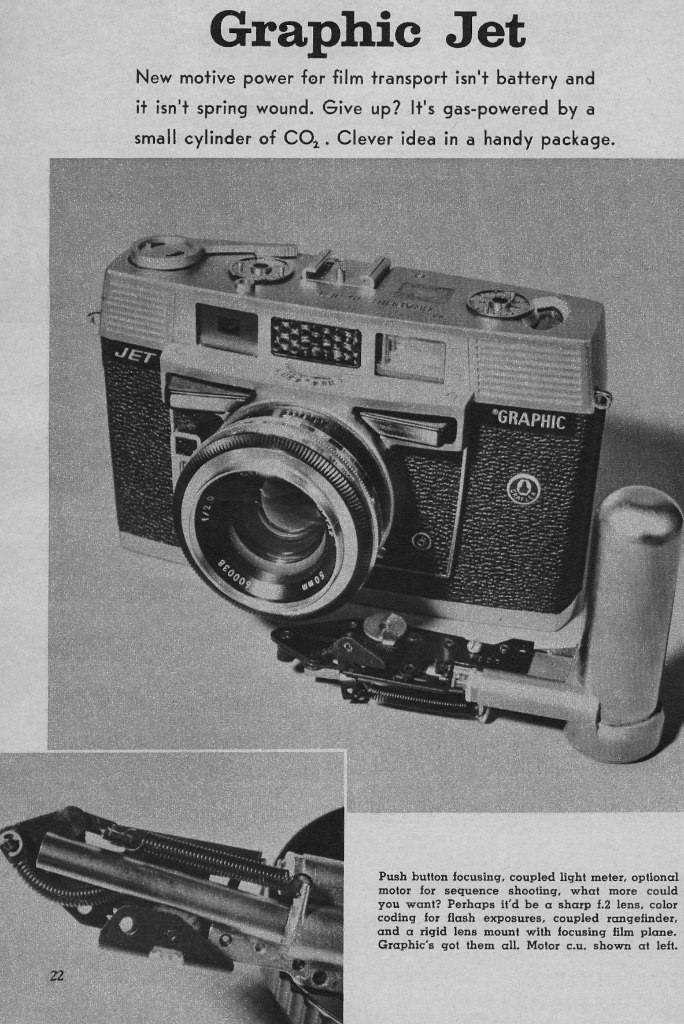As an engineer, I somehow have a lot of sympathy for these so called 'bad designs', because often they aren't. They're brilliant solutions to jump 'managerial' hurldes. I bet a lot of other engineers will sympathize and recognize the following:
First you're sent out to build something according to a completely obscure specification, but you make it all fine and elegant and it works like a charm..
Then the guys in charge start to realize what it was that they actually wanted and seem to think 'hey, why don't we also make it flip backward if we twist its ears?' and after a while, you get it so that it does indeed also flip backwards when you twist its ears.. It's a lot less elegant by now; there are some warts in the design, but it still works so it's still somewhat fine.
At this point the guys in charge become over confident; we're now going to crush the competition, so there has got to be a quantum leap in technology in there as well, and it's got to be ready yesterday.. This is where things go bad.. You'd have to start from scratch to get a sound solution, but there's no time, so you're forced to build warts upon warts.. The most amazing thing is that it stil works and does everything, but don't ever look under the bonnet.
Next time you take something apart, and are amazed at what's in there, think about the poor designers that had to do that job of putting it all in there and make it work..



